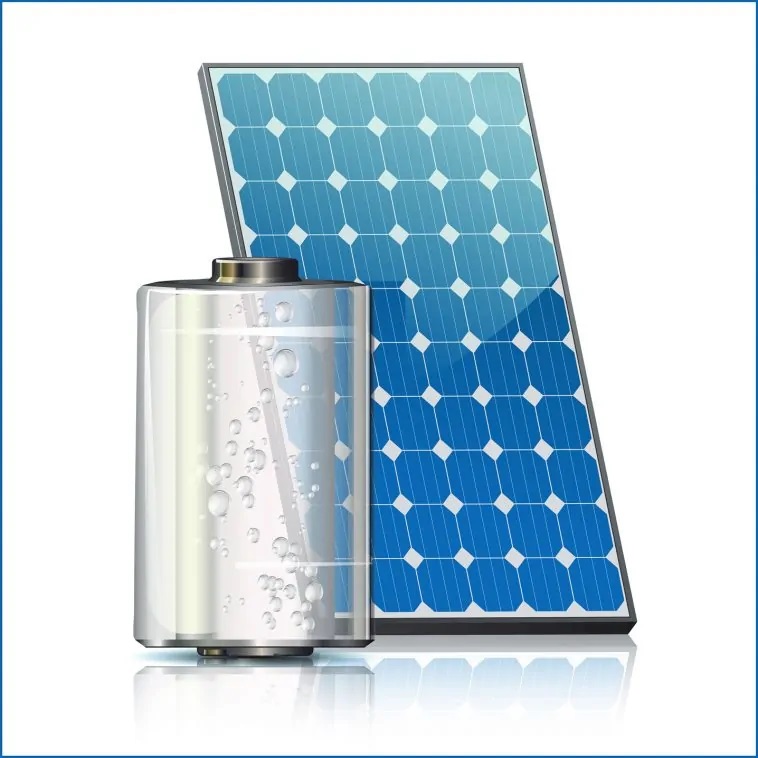The depth of discharge (DoD) is a critical parameter when it comes to solar batteries, particularly for rechargeable battery systems like lead-acid, lithium-ion, or other energy storage technologies used in conjunction with solar panels. The depth of discharge represents the amount of a battery’s capacity that has been discharged or used relative to its total capacity. It is usually expressed as a percentage.
For example, if you have a 100 ampere-hour (Ah) battery with a 50% DoD, you should not discharge it below 50 Ah (half of its capacity). If you regularly discharge the battery below this threshold, it can significantly reduce the battery’s lifespan and performance.
The specific DoD recommendations can vary depending on the type of battery technology being used. Here are some common guidelines for different types of batteries.
- Lead-Acid Batteries: Lead-acid batteries, including both flooded lead-acid and sealed lead-acid (AGM or Gel) batteries, are commonly used in solar energy storage systems. For these batteries, it’s generally recommended to keep the DoD between 20% and 50% to maximize their cycle life. Going below 20% DoD frequently can lead to premature capacity loss and reduced battery life.
- Lithium-Ion Batteries: Lithium-ion batteries are known for their higher efficiency and longer cycle life compared to lead-acid batteries. They can often handle deeper discharges without significant degradation. Some lithium-ion batteries can safely go down to 80-90% DoD without major issues, but it’s still a good practice to aim for a DoD of 80% or less to extend the battery’s lifespan.
- Advanced Lithium Batteries: Some newer lithium battery chemistries, such as lithium iron phosphate (LiFePO4), can tolerate deeper discharges with less impact on longevity. DoD recommendations for these batteries can be as high as 90%, but it’s still advisable to keep it lower to maximize battery life.
It’s essential to consult the manufacturer’s specifications and guidelines for your specific solar battery, as the recommended DoD can vary based on the battery’s design and chemistry. Regularly discharging a battery beyond its recommended DoD can result in reduced capacity, shorter lifespan, and increased maintenance and replacement costs.
Monitoring your battery’s state of charge and adhering to recommended DoD limits is crucial for maintaining the performance and longevity of your solar battery system, as well as optimizing the return on your investment in solar energy storage.


